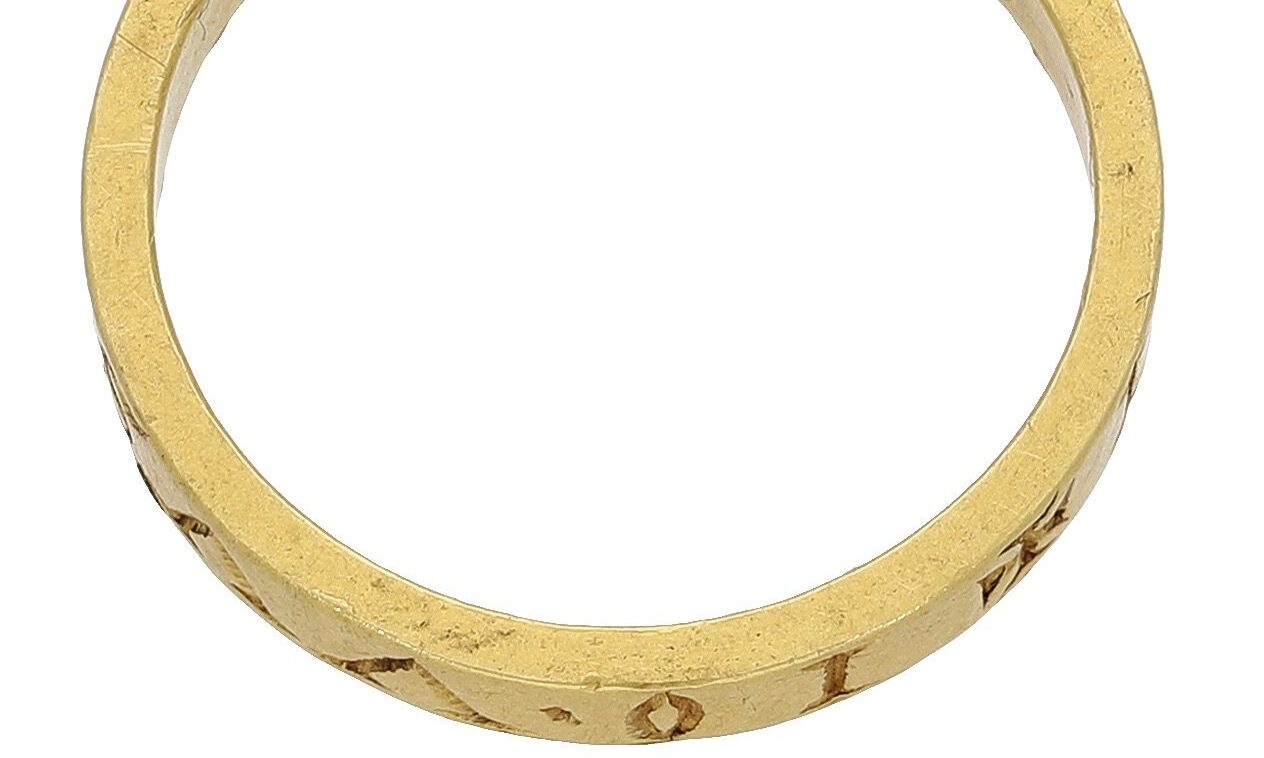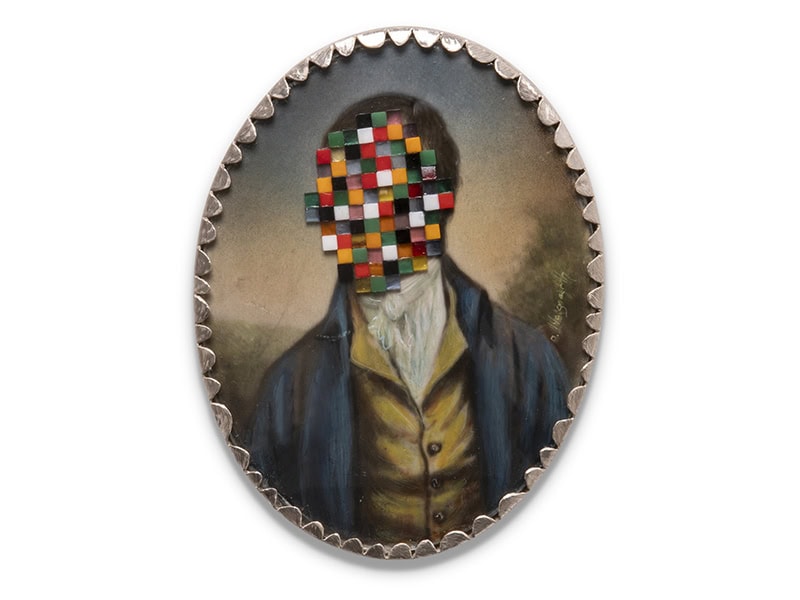I1 Clarity Diamonds - What Does I1 Mean in Diamond Grading?
What does I1 mean?
I1 clarity simply means “Included to the 1st degree” and describes the clarity of a diamond with small inclusions visible to the naked eye.
For many buyers, I1 clarity diamonds offer an affordable alternative to high-clarity diamonds priced higher than included diamonds.
Learn more about clarity grades before buying an engagement ring.
Where does I1 clarity fall within the scale of clarity?
I1 clarity diamonds fall nine places below the highest clarity grade possible for a diamond. According to the presence or concentration of clarity characteristics within a diamond, the GIA diamond clarity system ranks diamonds. Many jewellers refer to these characteristics as inclusions. For this reason, I1 represents “Included 1.”
Lower-clarity diamonds fall into either I2 clarity or I3 diamond clarity, the latter of which represents the lowest official clarity grade possible for a diamond.
There are 11 clarity grades in the GIA system of diamond grading. They are Flawless, Internally Flawless, two categories of Very Slightly Included, two categories of Slightly Included, and three categories of Included. A clarity characteristic of the clarity grade is based on its size, number, position, nature, and colour or relief.
For more information visit https://www.gia.edu/
Examples of I1 diamonds
We grade diamonds using a 10x loupe. As a result, P1 clarity stones reveal noticeable inclusions. In fact, inclusions appear visible even to the naked eye. However, they rarely diminish the brightness of a diamond. In contrast, I3 diamonds interfere with the passage of light through a diamond. As a result, I3 diamonds appear less sparkly and bright.
Example of an I1 clarity diamond. A small white feather and other clarity characteristics appear within the southwest position of the image.
Video examples showing I1 across different fancy cuts
In the following video, we put together 4 different diamond shapes to give a better appreciation of the visibility of inclusions based on this clarity grade. Note how certain shapes, such as the Emerald cut fail to hide inclusions—especially when positioned in the middle of the diamond.
Best diamond shapes for lower-clarity diamonds
I1 clarity lends itself well to round brilliant-cut diamonds. Alternatively, they suit Princess cut diamonds. Owing to brilliant faceting, inclusions often appear disguised by facets. In contrast, Emerald or Baguette-cut diamonds can be less forgiving due to their step-faceting.
What are the benefits of I1-graded diamonds?
There are two main benefits of buying an I1 diamond. Firstly, cost. I1-graded diamonds demand lower prices than higher clarity grades. Secondly, the presence of clarity characteristics acts as a blueprint for your diamond. As a result, knowing the position of each inclusion makes your diamond instantly recognisable.
We suggest buyers choose a “sensibly included” diamond. By this, we refer to a strategic inclusion located discreetly around the edge of the stone. Setters often attempt to hide such inclusions beneath a claw or prong. However, we advise caution if an inclusion breaks the surface. In this instance, the diamond can chip during setting.
Can you get I1 lab-grown diamonds?
Is it possible to get an I1 clarity lab-grown diamond? The answer is yes. Just like natural diamonds, lab-grown diamonds are lab-created in most clarities including VVS clarity, SI1, SI2, I1, I2 and I3 clarities. In the same way as other clarities, prices fall significantly lower than the equivalent natural diamonds.











COMMENTS